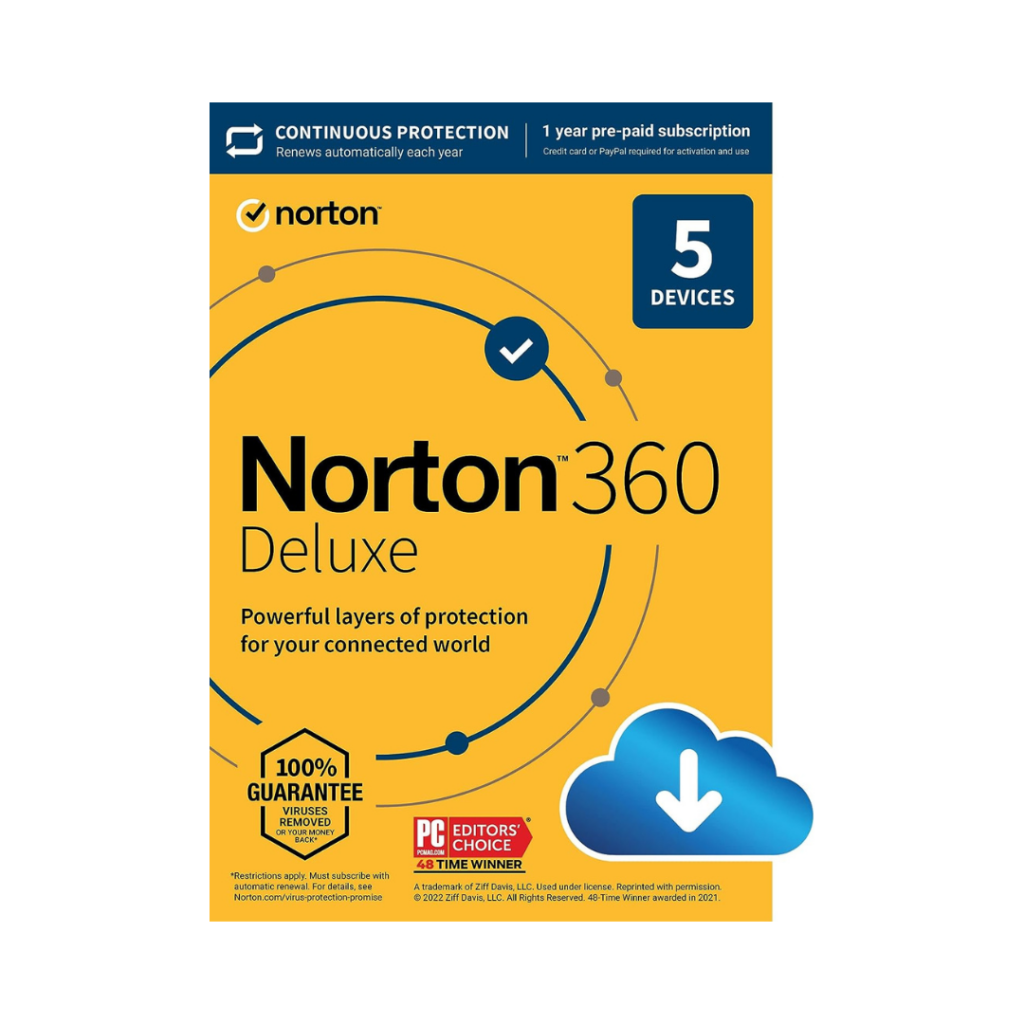A Guide to Internet Safety
The internet offers a wealth of information and opportunities for children to learn and connect. However, it also exposes them to potential risks. According to the Pew Research Center, approximately 81% of parents with children aged 11 and under report that their child uses the internet. This widespread use necessitates proactive measures to protect children from online threats.
In an increasingly digital world, ensuring the safety of children online has become a paramount concern for parents and guardians. This guide provides practical tips on how to keep kids safe online, effectively utilize parental controls, and monitor their online activities.
Tips for Keeping Kids Safe Online
- Open and Continuous Communication: Establish a foundation of trust by fostering open conversations about online experiences. Encourage children to share any concerns or uncomfortable situations they encounter.
- Educate About Online Risks: Provide age-appropriate information about potential dangers online, including cyberbullying, inappropriate content, and online predators. Empower children with the knowledge to recognize and respond to these risks.
- Set Age-Appropriate Boundaries: Tailor internet access to the child’s age and maturity level. Utilize parental controls and filtering software to restrict access to age-inappropriate content.
- Teach Responsible Online Behavior: Emphasize the importance of responsible posting, respecting privacy, and being cautious about sharing personal information.
- Promote Strong Password Practices: Educate children about creating and managing secure passwords. Encourage the use of unique passwords for different accounts.
- Encourage Critical Thinking: Teach children to think critically about the information they encounter online. Instill a healthy skepticism and the ability to discern credible sources.
- Be Involved in Online Activities: Participate in and supervise your child’s online activities, especially when they are younger. Familiarize yourself with the platforms, websites, and apps they use.
Do you know how to protect your child from online risks? These 5 tips will help. Number 2 is super easy.
Setting Parental Controls for Internet Safety
Parental controls are indispensable tools for managing and monitoring a child’s online activities. Here are some recommended products available on Amazon:

This enables you to manage content, time limits, and filter online content for various devices, providing a safe online environment for your child.
Shop Now

This offers comprehensive antivirus protection with robust parental controls. Monitor and manage your child’s online activities with ease.
Shop Now

This creates a safe Internet experience for young users with the WiFi mesh system’s active content monitoring, app and website blocking and individualized time limits.
Shop Now

The Linksys E5600 stands out with robust Parental Controls, empowering users to easily monitor and manage internet access, ensuring a safe online environment for children and peace of mind for parents.
Shop Now

Smart WiFi Router that puts parents in control with advanced Parental Controls, allowing for precise management of online activity, ensuring a safe digital environment for children.
Shop Now
Monitoring Online Activities
- Establish Trust and Openness: Create an environment where your child feels comfortable discussing their online experiences and concerns.
- Regularly Review Browser History: Periodically review your child’s browsing history to gain insights into their online activities.
- Utilize Parental Control Software: Leverage parental control tools to monitor and manage your child’s internet usage effectively.
- Set Screen Time Limits: Establish specific time limits for online activities to ensure a healthy balance between screen time and other activities.
- Stay Alert to Warning Signs: Be vigilant for any signs of cyberbullying, predatory behavior, or exposure to inappropriate content.
By implementing these strategies, you can help protect your child in the digital realm while still allowing them to explore and learn safely online. Remember, open communication and a supportive environment are key in ensuring your child’s internet safety. Stay informed, stay vigilant, and keep your loved ones safe online.




